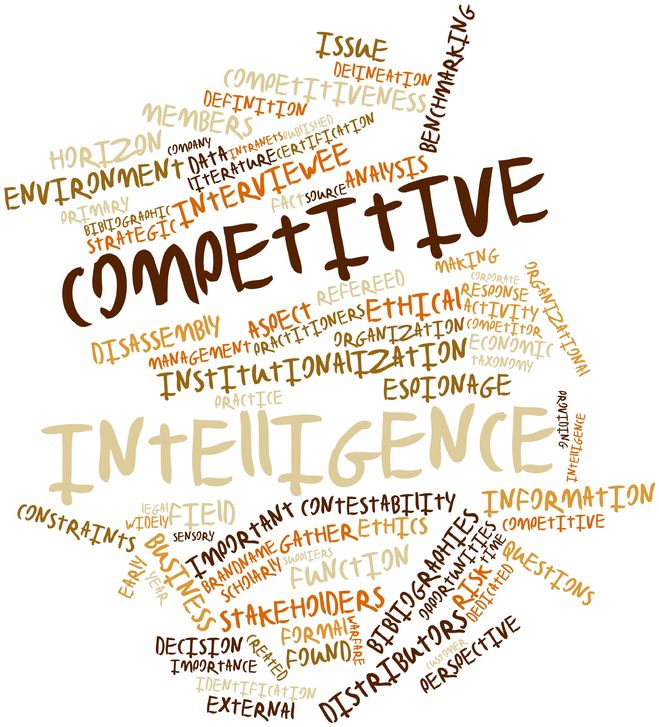WHAT DO YOU THINK IS THE MOST FREQUENT COMPETITIVE INTELLIGENCE OVERSIGHT? Is it: a) Tipping off competitors by placing too many calls? b) Failing to verify findings? c) Making little effort to prevent sensitive information from being leaked to competitors? d) Spending too much time chasing for information instead of analyzing the data? ANSWER c) Making little effort to prevent sensitive information from being leaked to competitors. WHY? As much as preventing leakage is a concern among organizations, it’s not consistently enforced. Let’s be honest do suppliers read every word of a NDA they sign, let alone follow the terms to the letter? WHAT ARE FREQUENT sources of leakage? … Read More
Continue Reading









